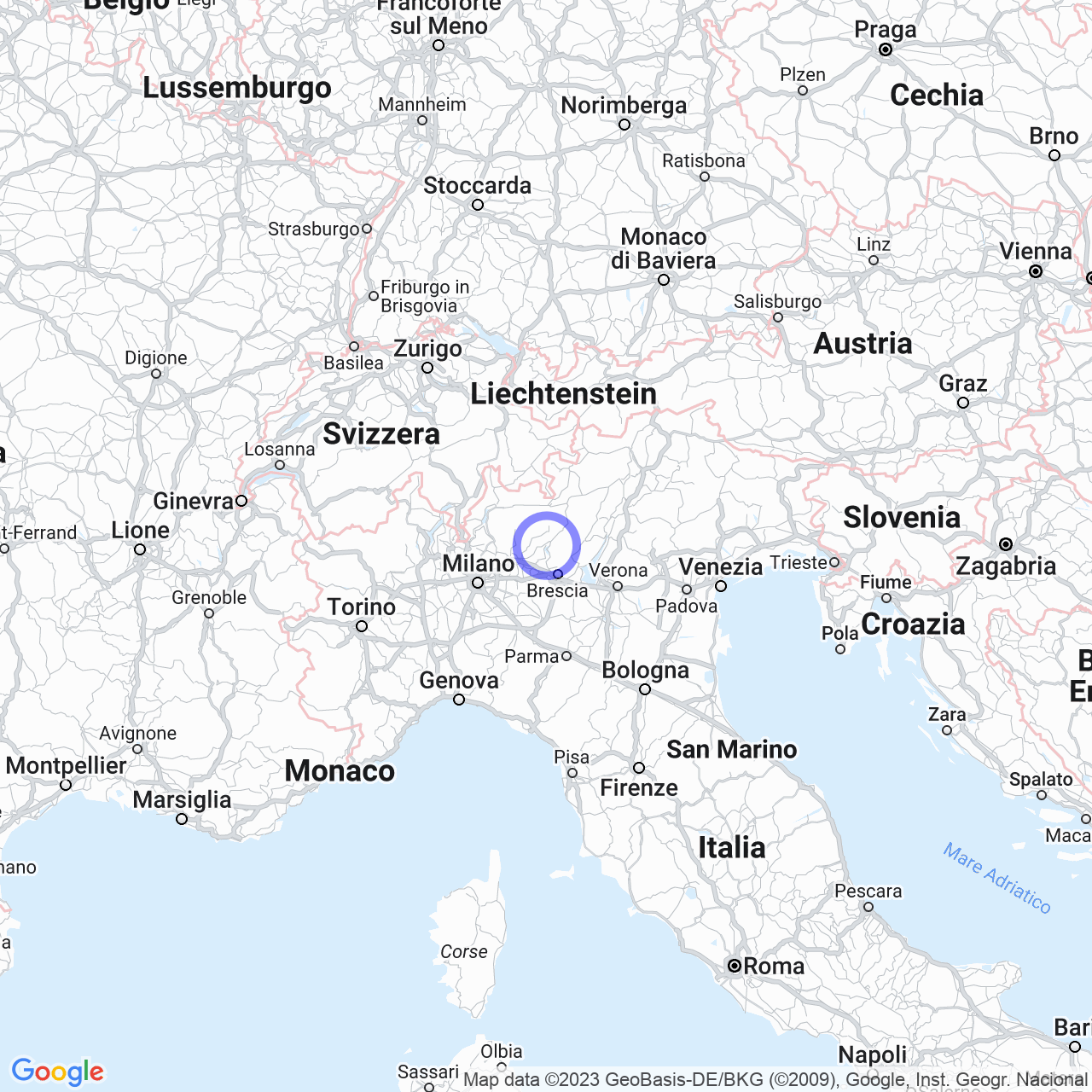Castro
Discovering Castro: a small treasure on Lake Iseo
Castro, or "Càster" as it's called in the Bergamo dialect, is a small municipality in the province of Bergamo in Lombardy, with just over 1200 inhabitants. Located on the western shore of Lake Iseo, at the entrance to the Val Camonica, it's about 45 kilometers east of Bergamo.
Physical Geography
From a naturalistic point of view, Castro offers breathtaking landscapes along the old and winding coastal road. Sedimentary rocks overlap in continuous slabs, "earning" the name "Orrido," and plunge headfirst into the waters of the lake, creating small, suggestive coves known as "bögn." In the upper part of the village, there is a natural rock climbing gym well-known to aficionados of the area.
On the coastal road, in the Grè area, there is the Marini Marmi marble quarry, present for over 100 years and famous for its Ceppo di Grè, used in Italy and exported abroad.

History
The village of Castro has medieval origins, born at the initiative of the bishop-count of Bergamo, as a fortified port for trade between the plain and the Bergamo valleys, important producers of iron. The "via corna" behind the village attests to the transit of merchants towards the valleys.
On a hill that overlooks the coastline, there's a fortress that was destroyed during the violent clashes between the opposing Guelf and Ghibelline factions. It was the latter who, in 1380, violently attacked the fortress, destroying it. It's still possible to visit the ruins of the fort, which have remained unused since then.
Fishing was an important economic activity in the village, followed by iron processing. In the 19th century, industrial activities settled in the area to meet the demand for work even from neighboring towns. Today, the local economy is based on the steel industry, with a recent shy opening to tourism.
Symbols
The coat of arms and the banner of the municipality of Castro were granted by presidential decree on June 26, 2008. The red field alludes to the traditional iron processing; the tower, a symbol of the village built at the behest of the bishops of Bergamo as a fortified port for trade between the plain and the Bergamo valleys, overlooks the waters of Lake Iseo.
Conclusions
Castro is a small treasure to discover on Lake Iseo. Its medieval history, traditional iron processing, and suggestive natural landscapes leave visitors breathless. Furthermore, the entry into the tourist industry presents new opportunities for the future of the village and its economy. Come and discover Castro, you won't regret it!
